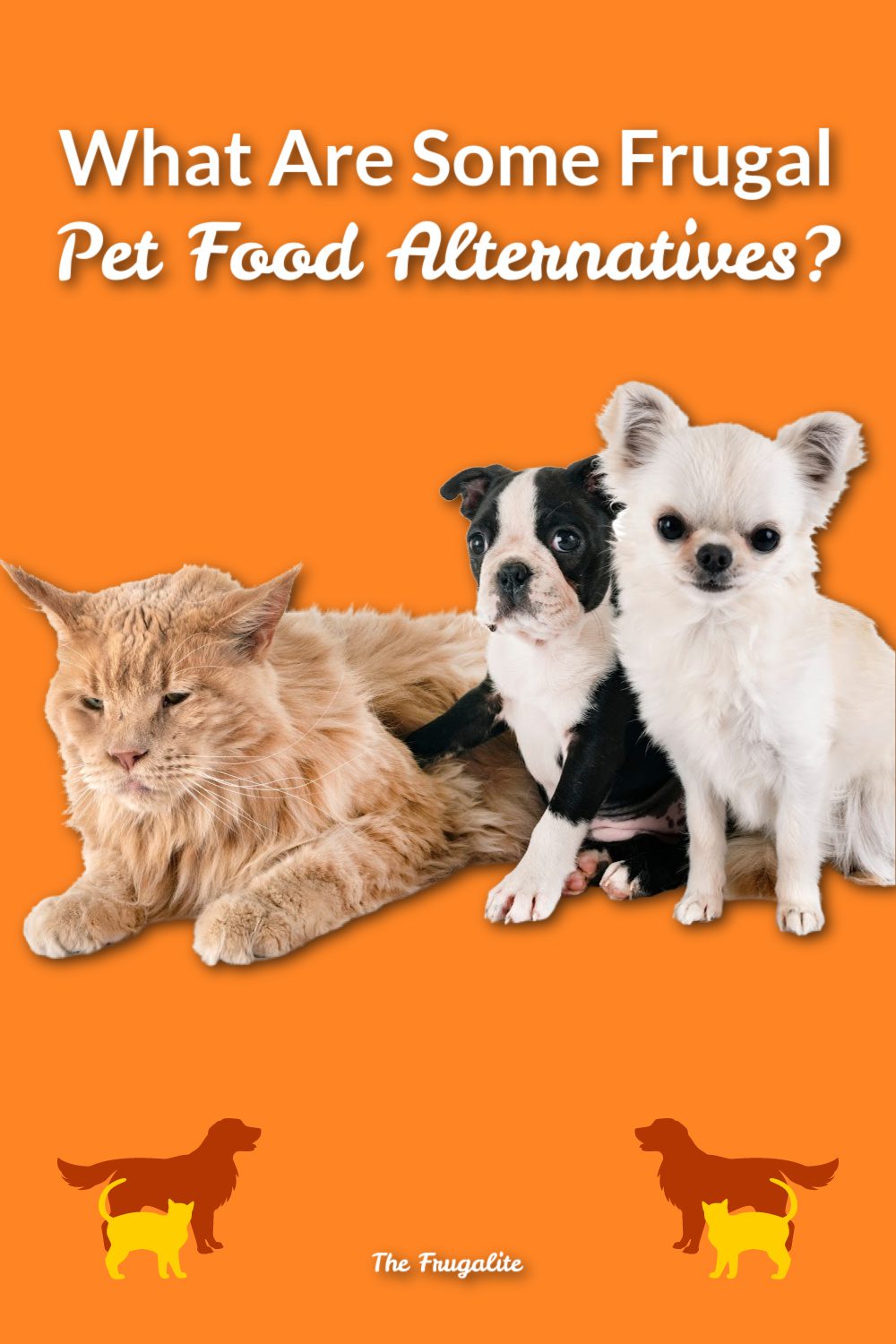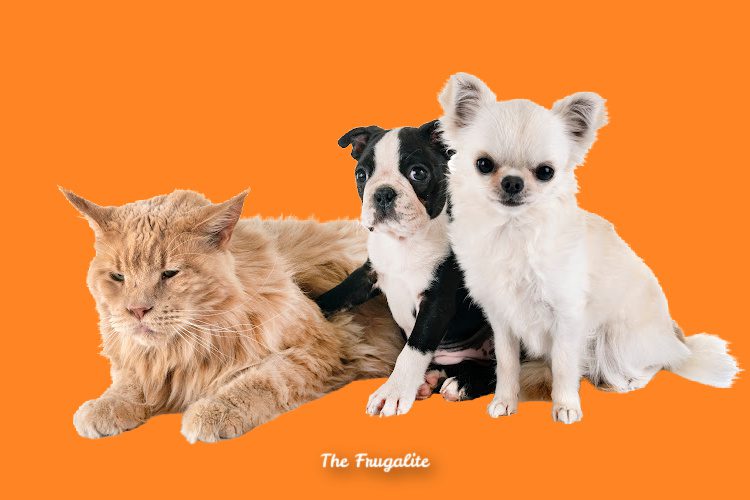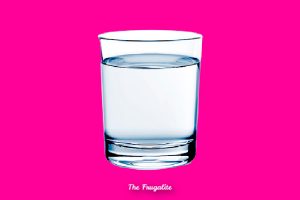(Psst: The FTC wants me to remind you that this website contains affiliate links. That means if you make a purchase from a link you click on, I might receive a small commission. This does not increase the price you’ll pay for that item nor does it decrease the awesomeness of the item. ~ Daisy)
With all of the shortages of the past two years, it’s no surprise that pet food is also getting more difficult to find. Many pet foods are manufactured overseas, including in China, or contain supplements sourced overseas.
So why are we surprised that both dog and cat food are becoming a bit of a challenge to find? And who remembers the melamine scandal of 2007, when it was discovered that Chinese manufacturers added melamine as a cheap protein alternative only after several animals died? Other pet foods have been implicated in the cancers that have become so very common in pets.
Shortages and contamination issues aren’t the only problems we’re facing today. Inflation has hit the pet food market along with everything else.
So what pet food alternatives do we have?
We can try buying only American. Some companies do source their ingredients here in the States, but they’re rare. Most of the most well-known names still source their ingredients from overseas. Pet food ingredients are often combined in plants in the US, which allows manufacturers to claim their food is made in the USA. Comforting, right? Not.
Also, pet food ingredients aren’t regulated very well. The pet food industry is an offshoot of Big Food, which polices itself regarding ingredients and labeling. For that reason, many pet foods are actually nutritionally inadequate.
So what do we do?
One alternative is to make the food yourself. I’ve done this for my cats, and the food I made was both cheaper and healthier than anything I could buy. Keep in mind that both cats and dogs have specialized nutritional requirements. Cats, for example, require taurine, an amino acid with many functions.
(Here’s a primer on the nutritional needs of cats in general. Please ignore the recommendations to buy commercial food.)
Dogs can eat a great many things, but they’re mostly carnivores. They can digest carbohydrates more easily if they are cooked. The six basic nutrients for both cats and dogs are water, protein, fats, carbohydrates, minerals, and vitamins.
So how do we get our pets to eat homemade pet food?
When I made my chicken and rice recipe for my cats a few years ago, it cost me about $3 for one week’s worth of food. Of course, getting them to eat it was another challenge entirely! I hadn’t put mine through a blender, so it didn’t look much like the food they were used to, and they turned their noses up.
Another help in a successful switch is mixing the homemade stuff with the commercial stuff, which will also help minimize any stomach upset.
So how about some cat food recipes?
Here are a few to get you started. These claim to be vet-approved, but it wouldn’t hurt to check with your own vet first. Also, please note that raw foods have their drawbacks. There’s nothing wrong with cooking the meat in these recipes! Also, please note that the supplements, including taurine, are easily purchased. I got mine on Amazon. I also purchased my chicken skinned and deboned.
Here’s a chicken recipe from the above-mentioned site:
Ingredients
- 5 pounds of chicken thighs with bone
- 7 oz. raw chicken liver
- 14 oz. raw chicken heart
- 8 oz. bottled spring water
- 4 raw egg yolks
- 2,000mg taurine
- 4,000mg wild salmon oil
- 200mg vitamin B complex
- 200 IU vitamin E
- 1 ½ tsp lite iodized salt
- 4 tsp psyllium husk powder (optional)
Instructions:
- Remove the skin from half the chicken thighs, but do not remove the fat.
- Remove the bone from 20% to 25% of the chicken thighs and rinse the meat with water.
- Combine the dry supplements in a small bowl and mix well.
- Whisk in the egg yolks and water to create a slurry.
- Weigh out and chop the chicken liver, heart, and thigh meat.
- Place a bowl under the meat grinder and feed the ingredients through.
- Add the liver, heart, and fish oil capsules at intervals (use the entire fish oil capsule).
- Transfer the ground mixture to a large bowl and mix in the slurry and psyllium husk powder.
- Portion out the mixture and refrigerate or freeze.
A cat food recipe for cats with medical conditions
Ingredients
- 2 cups brown rice
- 2 pounds lean lamb or mutton (ground)
- 4 teaspoons bonemeal (or 2,400 milligrams calcium or 1 1/3 teaspoons powdered eggshell)
- 2 tablespoons vegetable oil
Instructions
Cook the rice in 4 cups of filtered or spring water. Bring to a boil, then reduce heat and simmer, covered, for 40 minutes. When the rice is done, add the remaining ingredients and mix well.
So that’s a few options for cats. Trust me, dog lovers, I haven’t forgotten you! Homemade dog food is a bit more complicated. Dogs need at least 10% protein, up to 50% carbohydrates, 2.5-4.5% fiber, and at least 5.5% fat. There are also dog-specific supplements, of course. Another great source for information you may want to check out is the American Kennel Club. Also, a food scale can be a great investment since many of these recipes are by weight.
So what about dog food recipes?
MSPCA-Angell gives a number of them for dogs of different weights that you may want to try. We’ve listed one below.
A frugal dog food recipe
This recipe is portioned for a 15-pound dog but can be scaled as required.
Ingredients
- 3 ounces of a cooked protein
- 1- 1/3 cups of a cooked carbohydrate. – oatmeal, brown rice, sweet potato, or more.
- 1 tablespoon of vegetables
- 1.5 scoops Balance IT Canine supplement
- 1 to 2 tablespoons of a fat source, such as olive oil or vegetable oil
Directions
Simply combine the ingredients, and you’re done! MSPCA-Angell estimates that a 15-pound dog needs 443 kcal daily, which is calculated from a generic equation and comes out to 300 grams in this recipe. If necessary, adjust the formula for your dog. They also use a specific canine supplement, so a bit of research on dog supplements can’t be a bad thing. And do consult your vet, especially if your dog has any special medical needs.
Obviously, there are a ton more pet food recipes than I’ve included here.
A few resources worth checking out include:
- Home Prepared Dog and Cat Diets by Donald R. Strombeck, DVM, PhD.
- Dr. Pitcairn’s Complete Guide to Natural Health for Dogs and Cats by Richard H. Pitcairn, DVM, Ph.D. and Susan Hubble Pitcairn
With the problems our society is currently experiencing, making your pet’s food at home may be a great option. It does take some effort, but what worthwhile thing doesn’t? As long as we’re providing healthy, unprocessed food for ourselves, it only makes sense to do the same for our beloved companions. That way, we keep our supply chain local and control over the ingredients in the food.
Do you make your pet’s food at home? Please share your experiences in the comments below!
About Amy Allen
Amy Allen is a professional bookworm and student of Life, the Universe, and Everything. She’s also a Master Gardener with a BS in biology, and has been growing food on her small urban lot since 2010.











